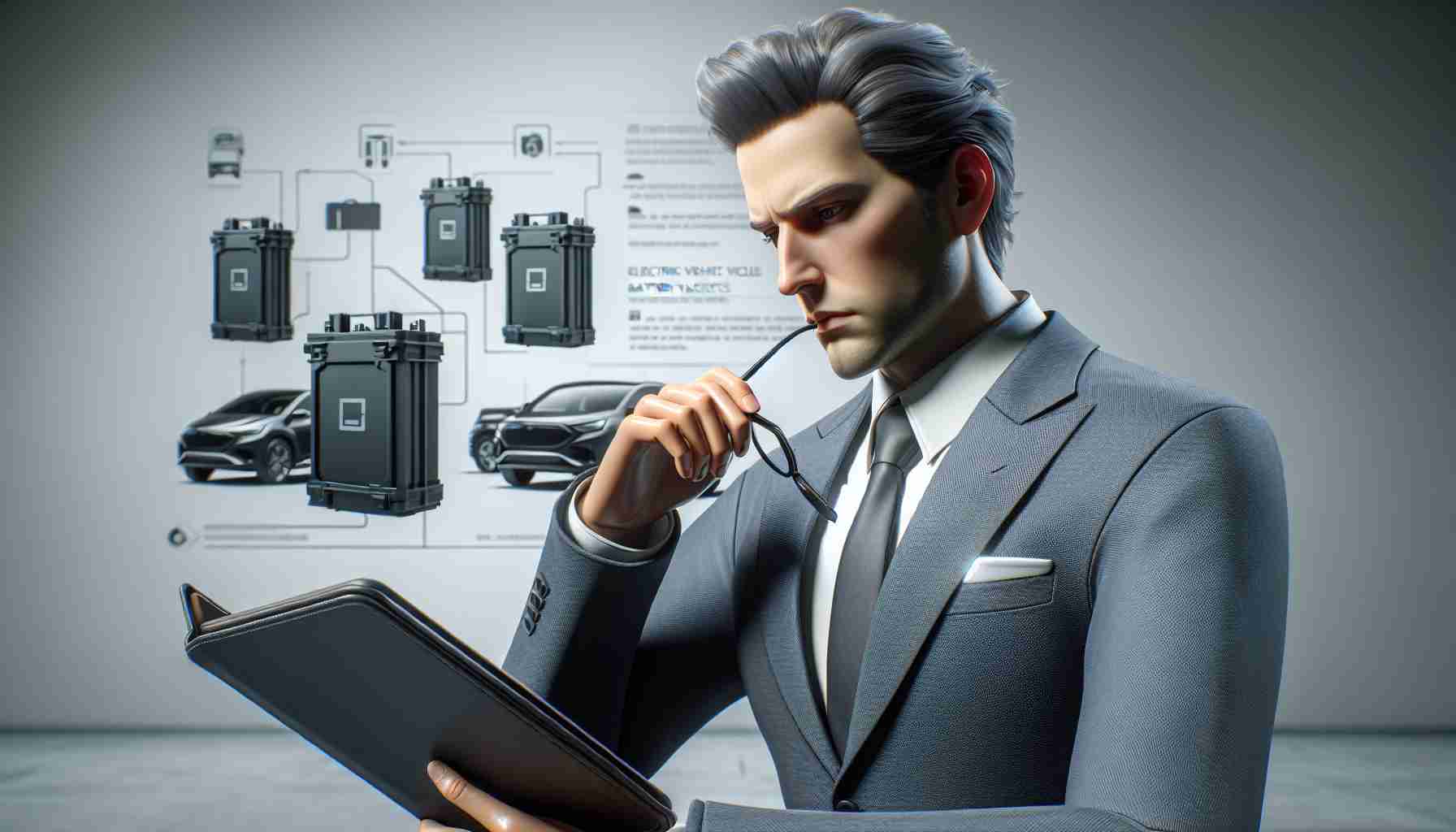Robin Zeng, the leader of CATL, the world’s foremost electric vehicle battery manufacturer, has expressed skepticism about Tesla CEO Elon Musk’s ambitious plans for the 4680 cylindrical battery cells. In discussions with industry insiders, Zeng firmly stated that he believes Musk’s approach will ultimately not succeed. He recalled a recent meeting with Musk in China where differences in their technological visions became apparent. During this encounter, Zeng felt that Musk lacked an in-depth understanding of battery technology.
Tesla’s 4680 cells are being promoted as having significantly enhanced energy capacity, with claims of up to five times more efficiency. The automotive giant recently announced the production of a staggering 100 million of these units, aiming to scale up their use across their lineup, including the much-anticipated Cybertruck. However, reports indicate that Musk has set a deadline for his team to resolve various operational challenges related to these batteries by year’s end.
CATL’s batteries are utilized in a variety of vehicles, including those from Tesla in China and Ford’s electric lineup in North America. Renowned for their lithium iron phosphate technology, these batteries may not provide the same range as Tesla’s cylindrical cells, but they remain crucial to the latest EV models. While acknowledging Musk’s expertise in areas like software and hardware, Zeng cautioned that the issue lies in Musk’s tendency to set overly ambitious deadlines, a habit he sees as problematic in the rapidly evolving tech landscape.
CATL Chairman Questions Tesla’s Battery Strategy: A Deeper Look
In the latest development in the electric vehicle (EV) sector, Robin Zeng, the chairman of CATL (Contemporary Amperex Technology Co., Limited), has raised significant questions regarding Tesla’s 4680 battery strategy. While Zeng acknowledges Tesla’s innovative approach, he emphasizes the potential pitfalls in Musk’s ambitious deadlines and overall battery production vision.
Key Questions and Answers
1. What are the significant technological differences between CATL’s and Tesla’s batteries?
– CATL primarily utilizes lithium iron phosphate (LFP) technology, known for its safety and longevity, while Tesla’s 4680 cells are based on a different chemistry aimed at maximizing energy density. This could potentially lead to higher ranges but poses challenges in scaling production efficiently.
2. What operational challenges is Tesla facing with the 4680 cells?
– Reports indicate that Tesla is grappling with issues related to manufacturing scalability, quality control, and integration of the new batteries into existing models. Meeting the ambitious deadline set by Musk comes amidst these ongoing challenges, creating uncertainty about whether they can maintain production goals.
3. How does CATL’s market position affect Tesla’s strategy?
– As the leading battery manufacturer, CATL holds a significant share of the EV battery market globally. Tesla’s reliance on CATL for battery supplies in certain markets, like China, underscores the importance of maintaining a cooperative relationship, which could be strained by public doubts about Tesla’s new technology.
Key Challenges and Controversies
The rivalry between CATL and Tesla highlights several challenges within the EV industry. The aggressive timelines set by companies can lead to rushed innovations, potentially compromising safety and performance. Additionally, the debate surrounding battery chemistries continues, with LFP batteries offering lower energy density but greater safety and cost benefits.
Moreover, there are controversies regarding the sustainability and sourcing of raw materials needed for these batteries. As demand for EVs increases, the extraction of lithium and cobalt raises environmental and ethical concerns, pushing companies to rethink their supply chains.
Advantages and Disadvantages
Advantages of Tesla’s Strategy:
– The 4680 cells promise higher energy density, potentially allowing for longer-range vehicles.
– Innovations in manufacturing processes may lower costs and increase efficiency long-term.
Disadvantages of Tesla’s Strategy:
– Current production challenges could lead to delays and inconsistent battery availability.
– High expectations may result in market skepticism and loss of investor confidence if targets are not met.
Advantages of CATL’s Approach:
– CATL’s established LFP technology offers safety, longevity, and cost-effectiveness.
– Strong manufacturing capabilities allow for scalability and reliability.
Disadvantages of CATL’s Approach:
– LFP batteries have a lower energy density compared to Tesla’s planned 4680 cells, potentially leading to shorter driving ranges.
– CATL faces increased competition as other manufacturers seek to innovate in battery technology.
Looking Ahead
As the electric vehicle market continues to evolve, the dialogue between industry leaders like Zeng and Musk will be pivotal. The tension between ambitious innovation and practical implementation raises important questions for the future of EV technology.
For more insights on the evolving battery landscape, visit CATL and Tesla.
The source of the article is from the blog elblog.pl
